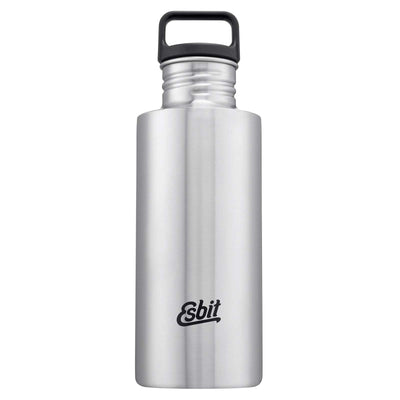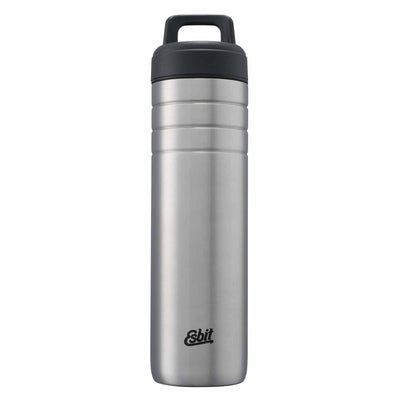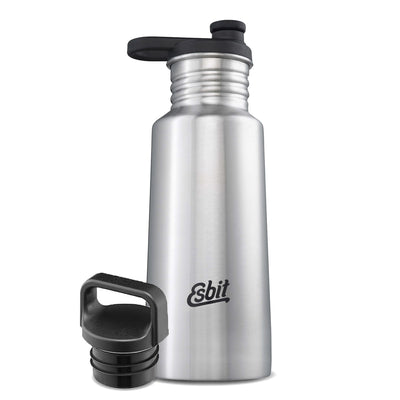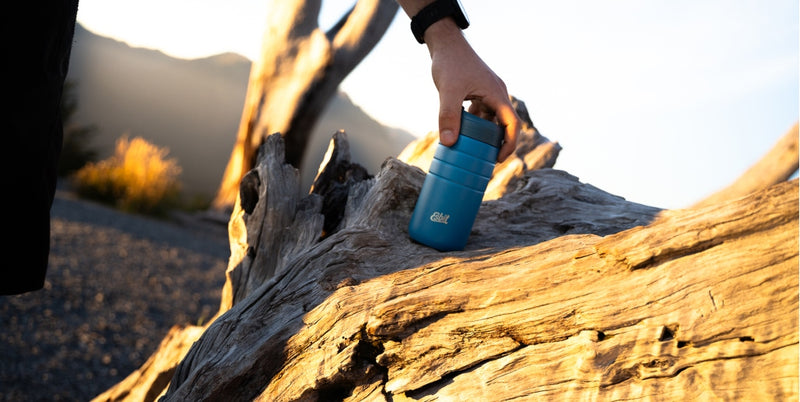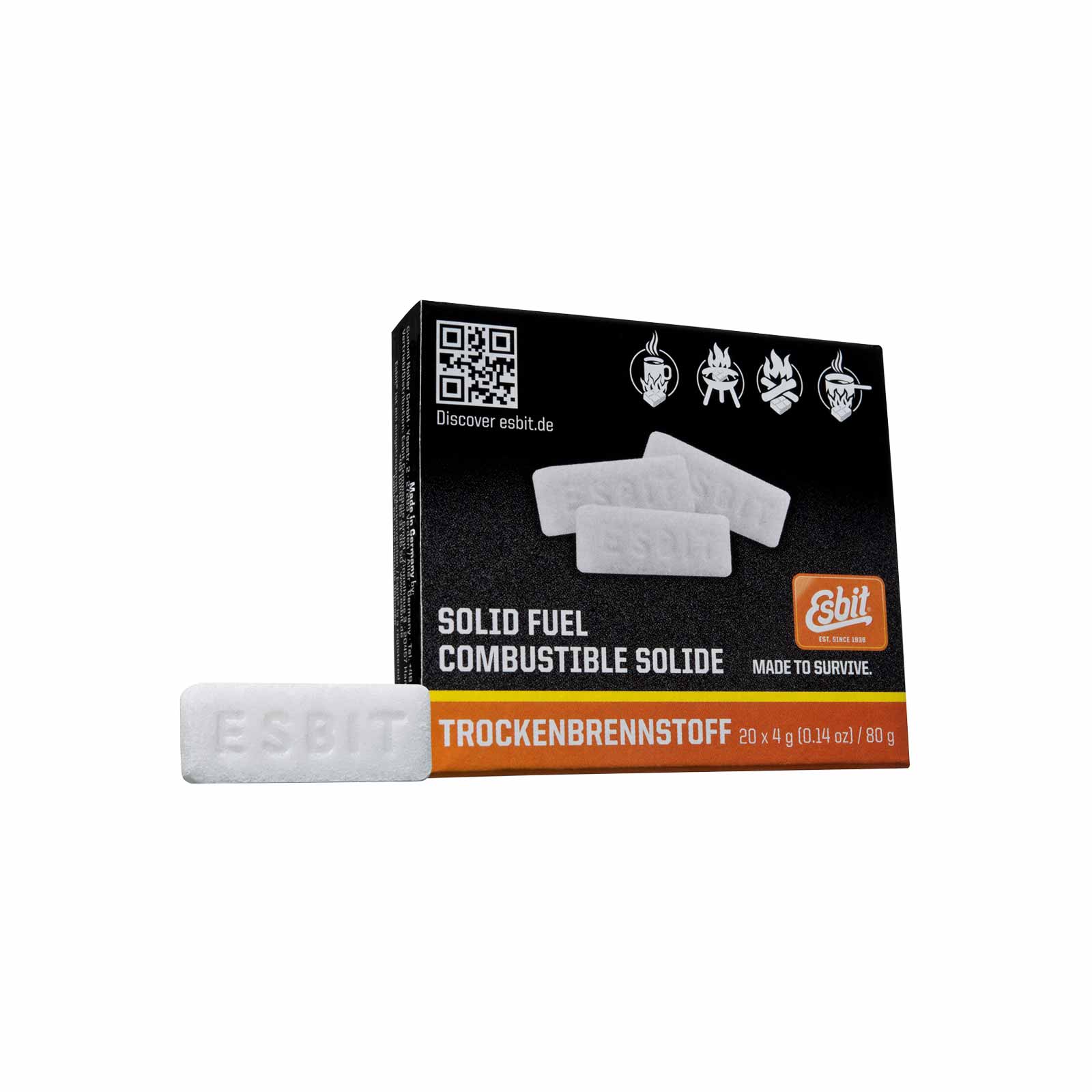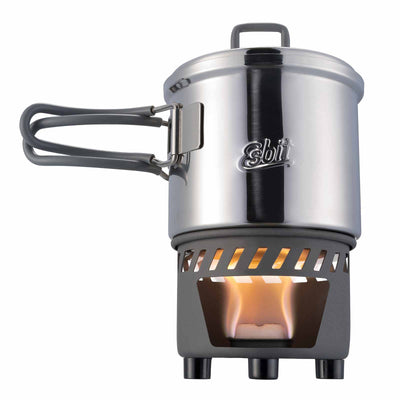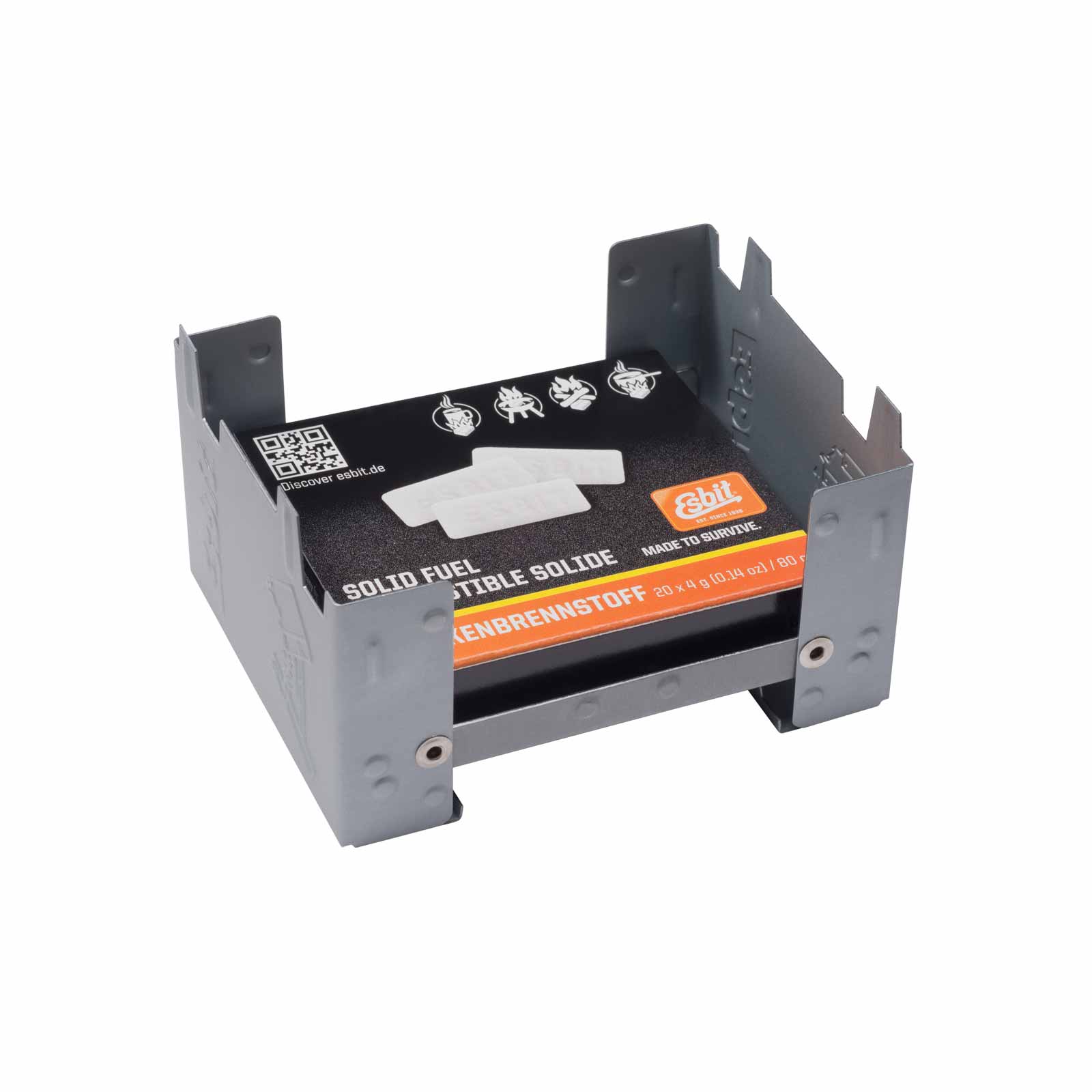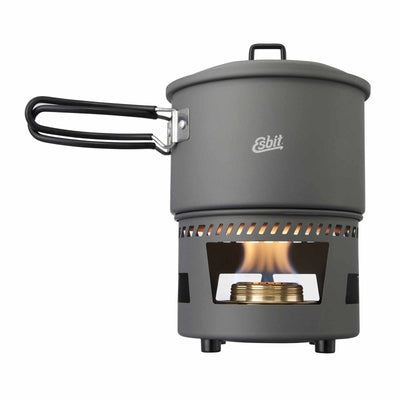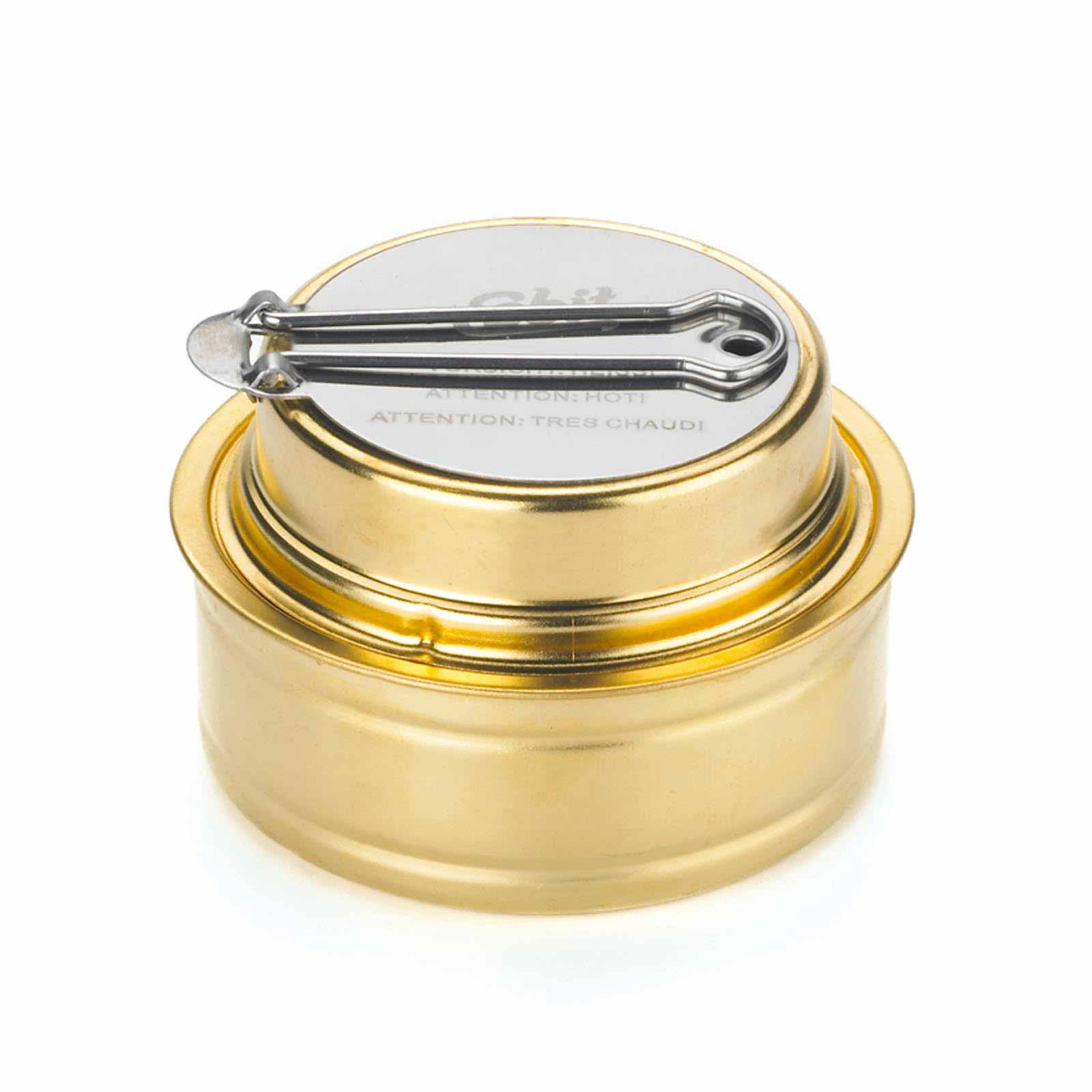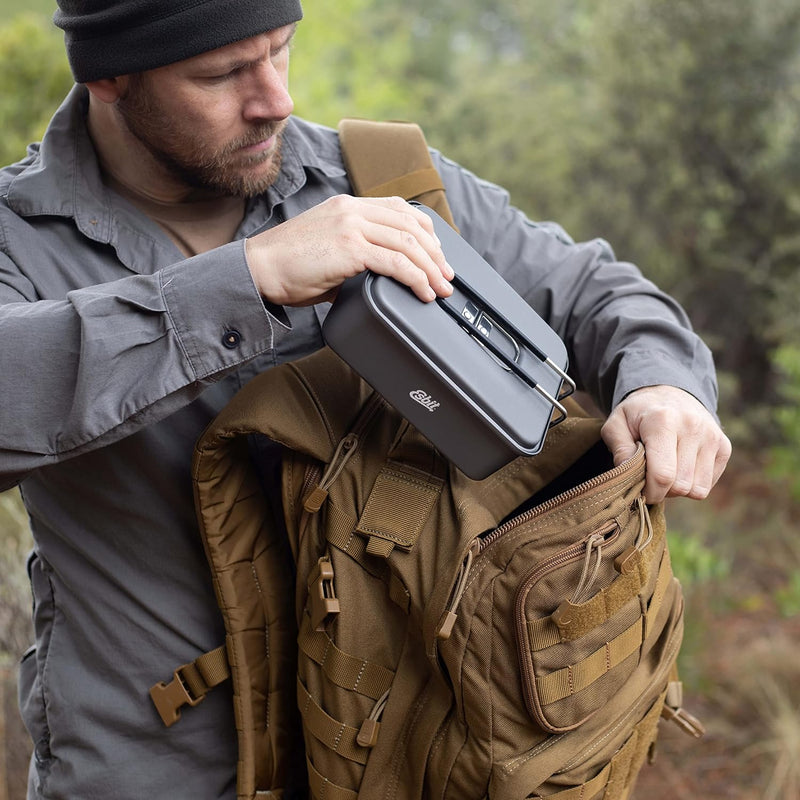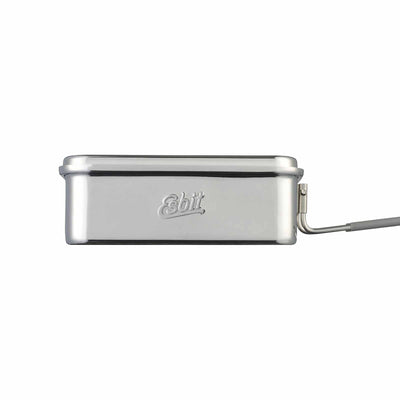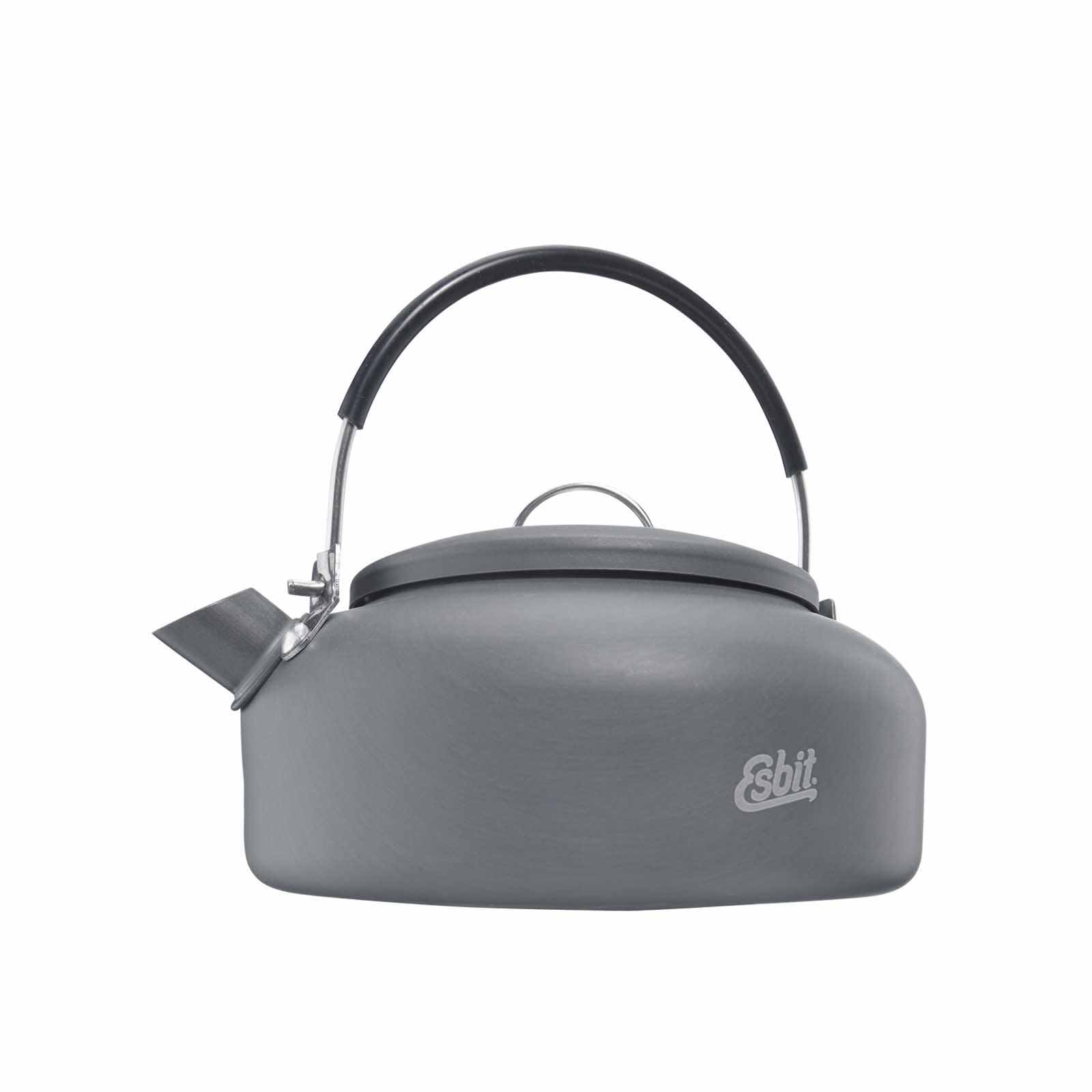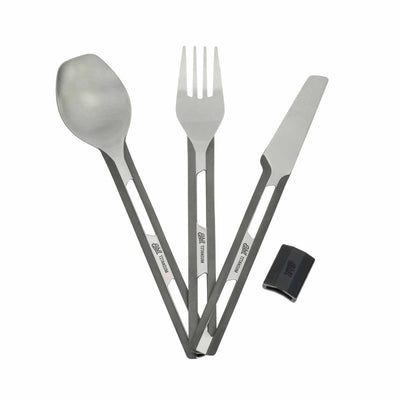With almost 100,000 followers on Instagram, Thorsten Nagel is a well-known German bushcrafter, sharing his experiences in bushcraft, outdoor and survival with the community. We talked to Thorsten about his experiences and adventures as a passionate outdoorsman. In the interview, Thorsten shares valuable tips and even reveals one of his favorite overnighter spots.

Esbit: Let's start with a simple question. 😉 If you were on 7 vs Wild, what equipment would you take for the outdoor adventure?
Thorsten: Generally, I enjoy watching 7 vs Wild and find it fascinating how participants manage with the few essentials. Whether I would participate myself, I'm not sure. In general, I travel with minimal equipment, relying on materials from nature. However, for my Instagram account, I can't do without photo and video equipment.
What would I take with me? I would definitely bring a pot, preferably a hybrid product for boiling and transporting water. A natural cord or paracord would be important and practical, providing the ability to build a shelter, fish and improve other tools. I would also bring a tarp, maybe a sleeping bag. A fire steel with a knife for making fire is also essential for such a survival trip.
Esbit: Besides reliable equipment, what techniques and skills are indispensable for you in bushcraft?
Thorsten: It's important to make the best of the situation and think outside the box. Break away from normal ways of thinking. Once, in the Harz Mountains with a group, we made a nice campfire together and wanted to cut vegetables for cooking. We didn't have much equipment, so everyone started cutting vegetables by hand. That seemed too complicated to me - I grabbed a piece of wood, put it between my legs and turned it into a cutting board. I then cut the vegetables and meat on it - very pragmatic. Use what you have onsite.
Out of necessity, I once took a gauze bandage from the first aid kit, braided it into a band and used it with some wood to build a tripod for my water kettle. In bushcraft, it's always important to be able to make multiple things from one thing. Creativity is key here.
It's also important to make the best of nature while being cautious. Work cleanly, especially when dealing with fire. Not all forests are the same, and you must consider the differences between coniferous and deciduous forests. The ground in coniferous forests is usually dry, and there's a lot of easily flammable material due to needles. Deciduous forests often have a moister ground. However, in every forest area, caution with open fire is essential, especially in summer and dry months, to prevent forest fires. Always be aware of the fire hazard and use caution when lighting a fire.
Esbit: So, pragmatism and creativity are key qualities in bushcrafting. When and how did you realize that outdoor and survival topics are appealing to you?
Thorsten: I've always been outdoors in nature and enjoy exploring and tranquility. Over the years, it has become more and more, and now I occasionally spend a night outdoors or go on multi-day trips.
My daughter actually encouraged me to share photos and content online. Since then, I regularly report on Instagram and YouTube about my experiences and trips. She also joins me occasionally. She is very connected to nature and, like me, enjoys time outdoors.

Esbit: That sounds like a wonderful story. How did you approach the bushcraft topic?
Thorsten: I learned most of it through "Learning by Doing." I also took a survival course once, which was very helpful in gaining some skills. Among other things, we built a waterproof natural shelter. With a layer of grass sod, leaves, and moss 25–30 cm thick, the shelter is almost waterproof. The steeper the roof, the better the water flows off. We also built a natural water filter from moss, charcoal from the campfire, sand, grass, and stones. Here, it's crucial that the water only drips through drop by drop.
However, I also get some tips and tricks from YouTube or my community. Over time, a community forms, where you can exchange ideas and meet people with similar interests.
In my community, I notice that more and more young people are getting into bushcraft and asking me for advice. That makes me happy because the exchange of experiences, equipment and outdoor topics is what I enjoy the most.
Esbit: Self-learning and community exchange play a significant role. Could you imagine offering your own bushcraft or survival course?
Thorsten: I've actually never thought about that. I enjoy sharing my knowledge and tips, which is why I share so much on Instagram and YouTube. But currently, I can't imagine giving a course.
Esbit: Now, a slightly different question: What was your most exciting adventure?
Thorsten: One adventure stands out in my memory. I like unusual places. In 2023, I spent several days in Blankenburg in the Harz Mountains and set up a camp in the sand caves. It was totally primeval - I was in a large cave that was open in the middle. You crawl through a small entrance to get into the cave.

Esbit: Are there other places or regions where you particularly enjoy meeting other bushcrafters?
Thorsten: I spend a lot of time in my home state of Schleswig-Holstein, but I've also participated in various tours in places like Bavaria. The beauty of social media activity is that it builds a very nice and large community. Through this, I've discovered many beautiful spots.
Esbit: Thank you for sharing your bushcraft experiences with us today!
How do you integrate bushcraft into your daily life, and what role does your connection to nature play personally in bushcraft?
Thorsten: I work as a carpenter and use every opportunity to be outdoors. I have the chance to use some lands and forest areas from acquaintances and move freely there. I've always been very connected to nature. When I'm out, I always leave my rest spots as I found them. I appreciate nature, and it's a source of peace for me. Therefore, I always strive to preserve it. Following the motto "Leave no trace."
Esbit: And how do you provide yourself with food on the go?
Thorsten: It varies depending on the tour. In summer, I can keep food cool in the car and, with the right cooking set, have the opportunity to cook a proper outdoor meal. When I go hiking, it has to be practical and light. I might take instant soup or other convenience products that can be quickly cooked on the go.
Esbit: Which Esbit products do you particularly like for bushcrafting, and why? Is there a specific Esbit product you would recommend?
Thorsten: I regularly and happily work with various Esbit products. If I can use a product for different purposes, then it's perfect. I especially like the cookset with with alcohol burner and two stainless steel pots. The small pot can also be used as a cup, and I'm flexible because I can cook with two pots. The larger cookset with heat exchanger is always at hand in the car - I use it mainly when I'm on the road. Here, I can cook or fry really well and prepare something fresh.



